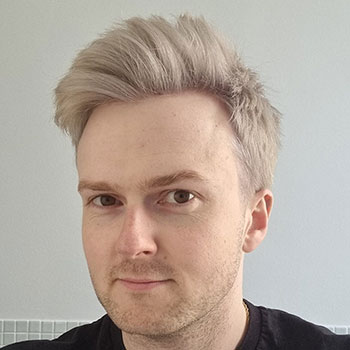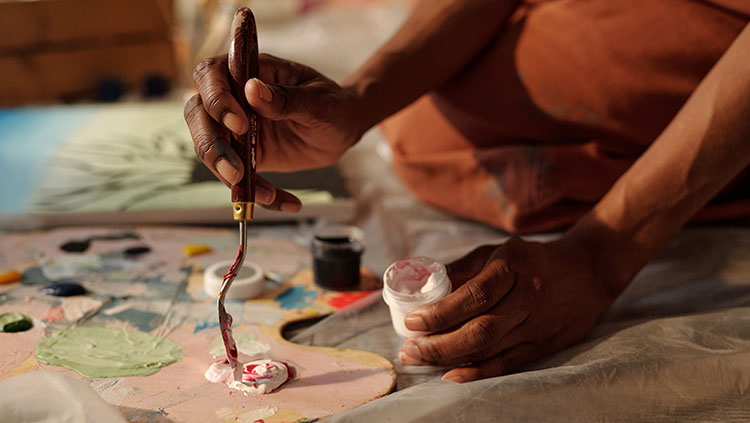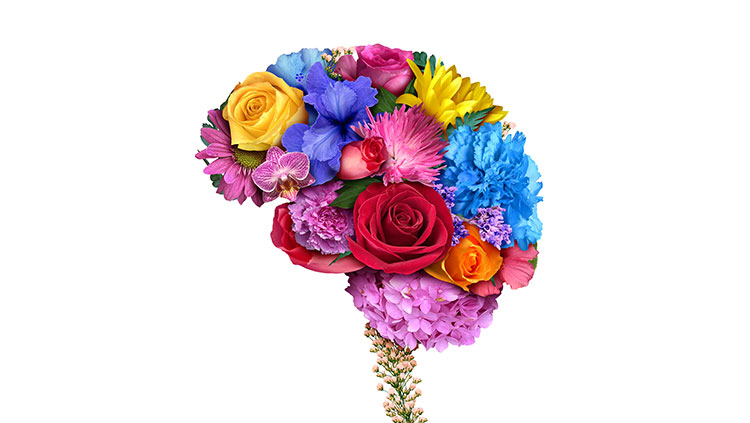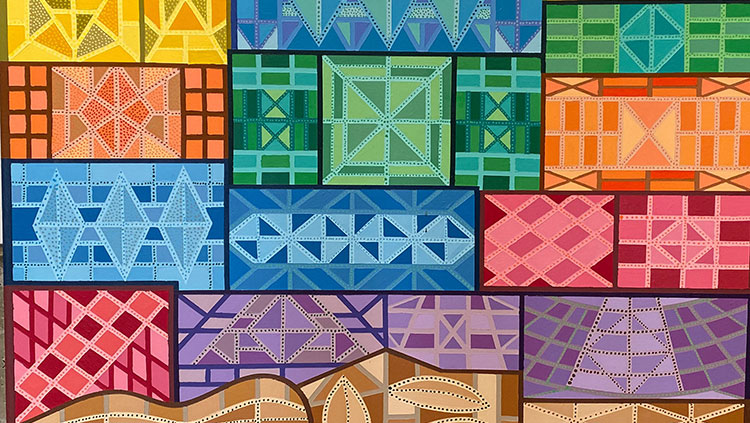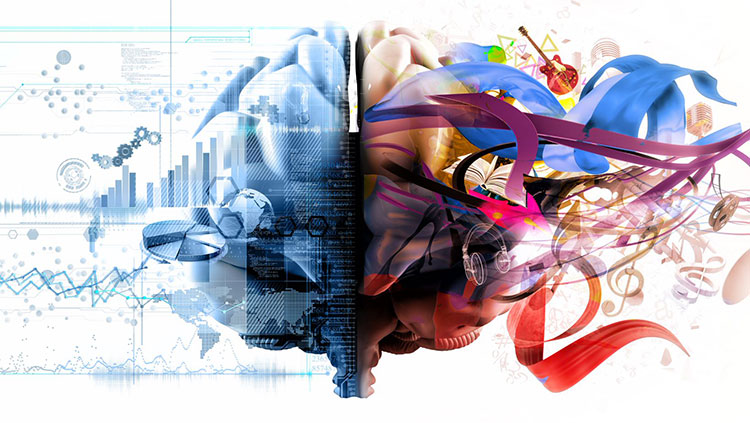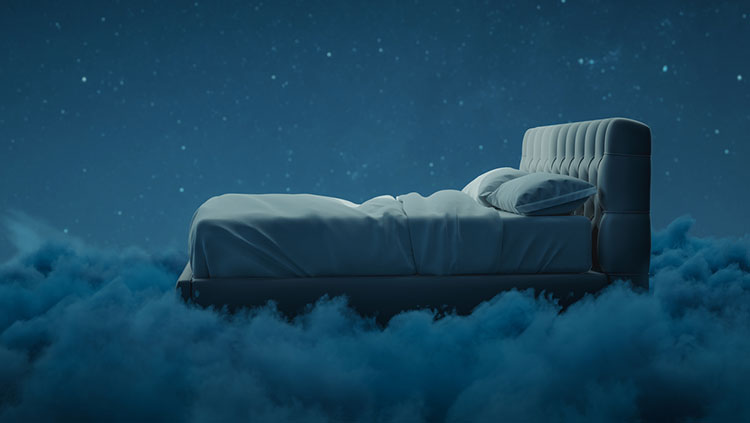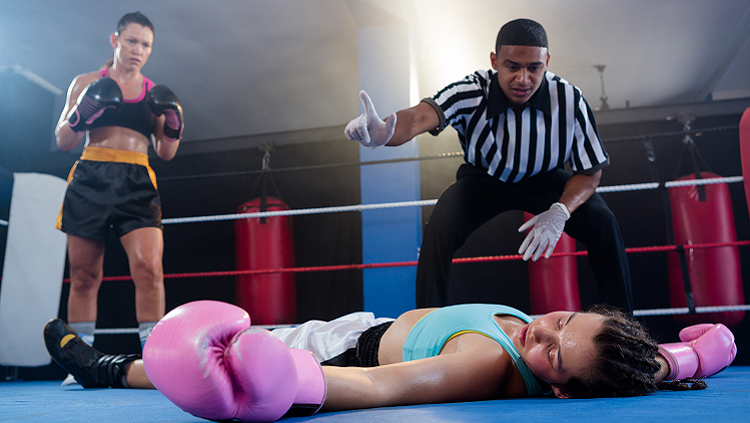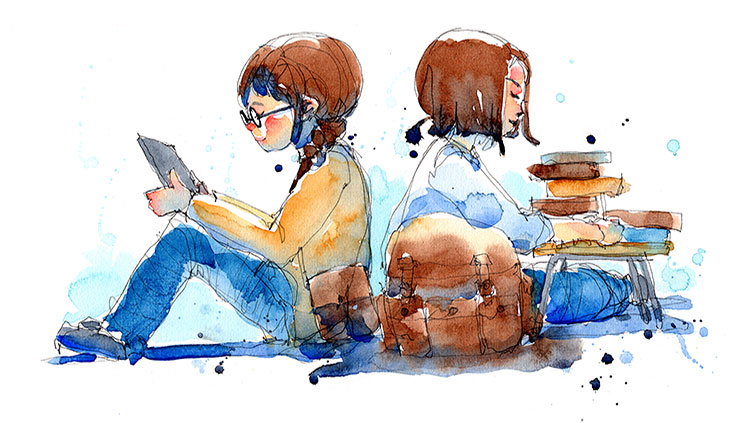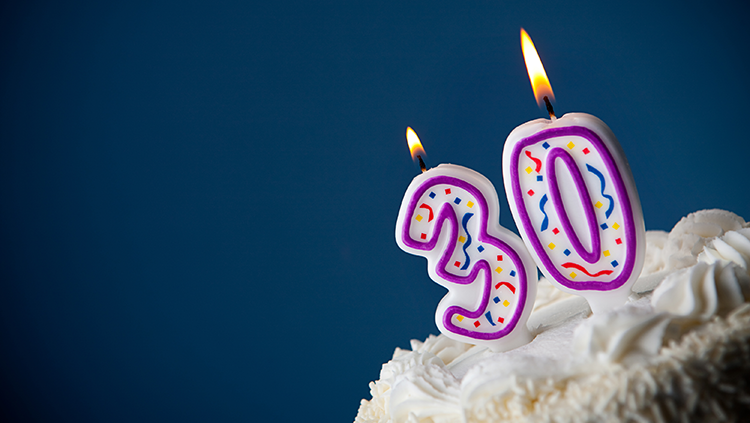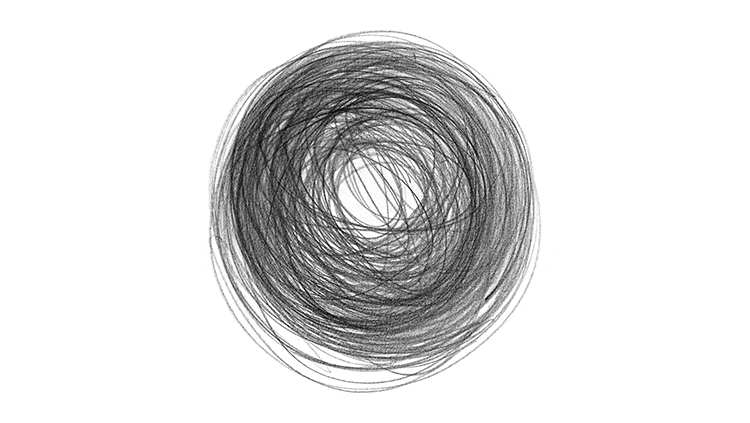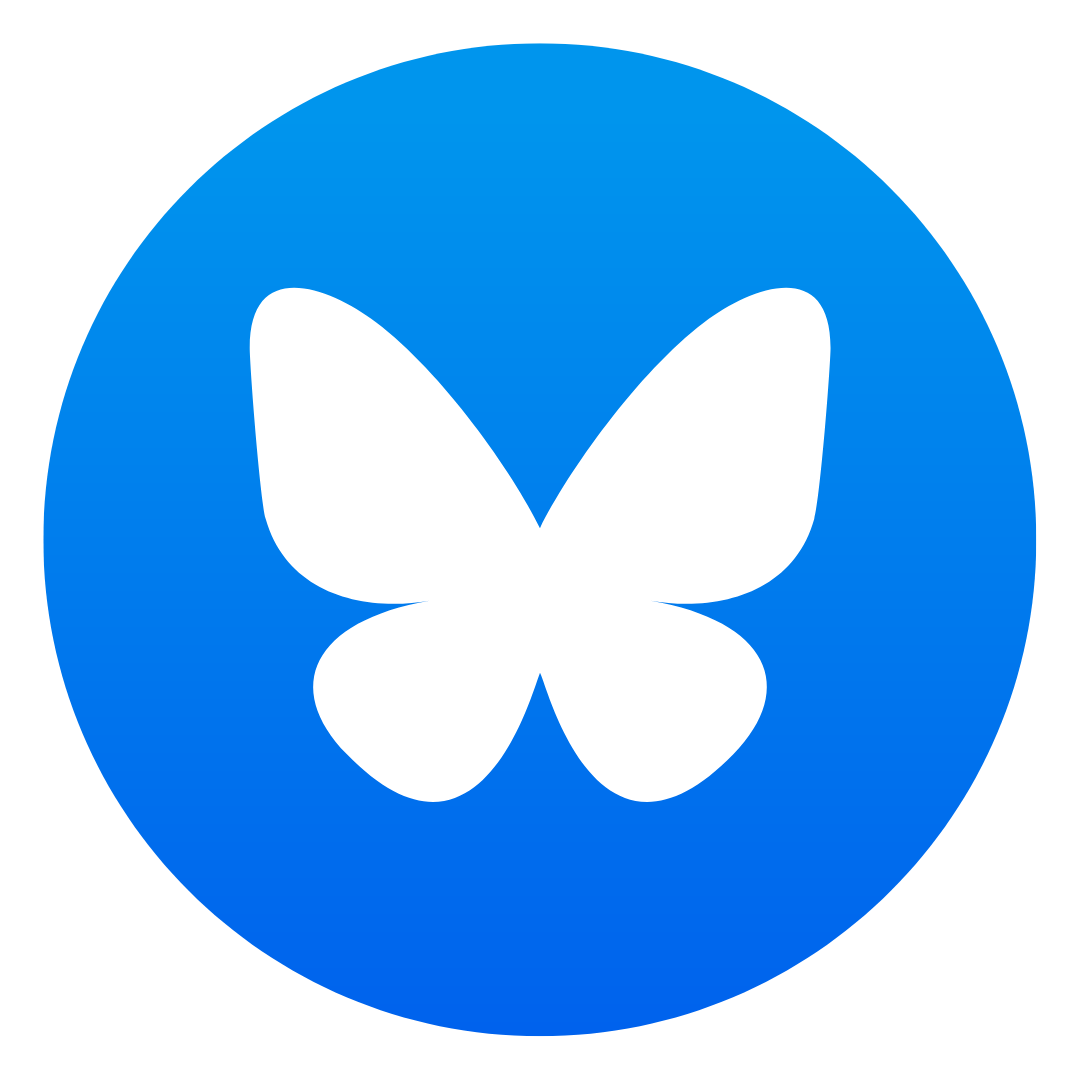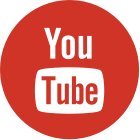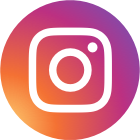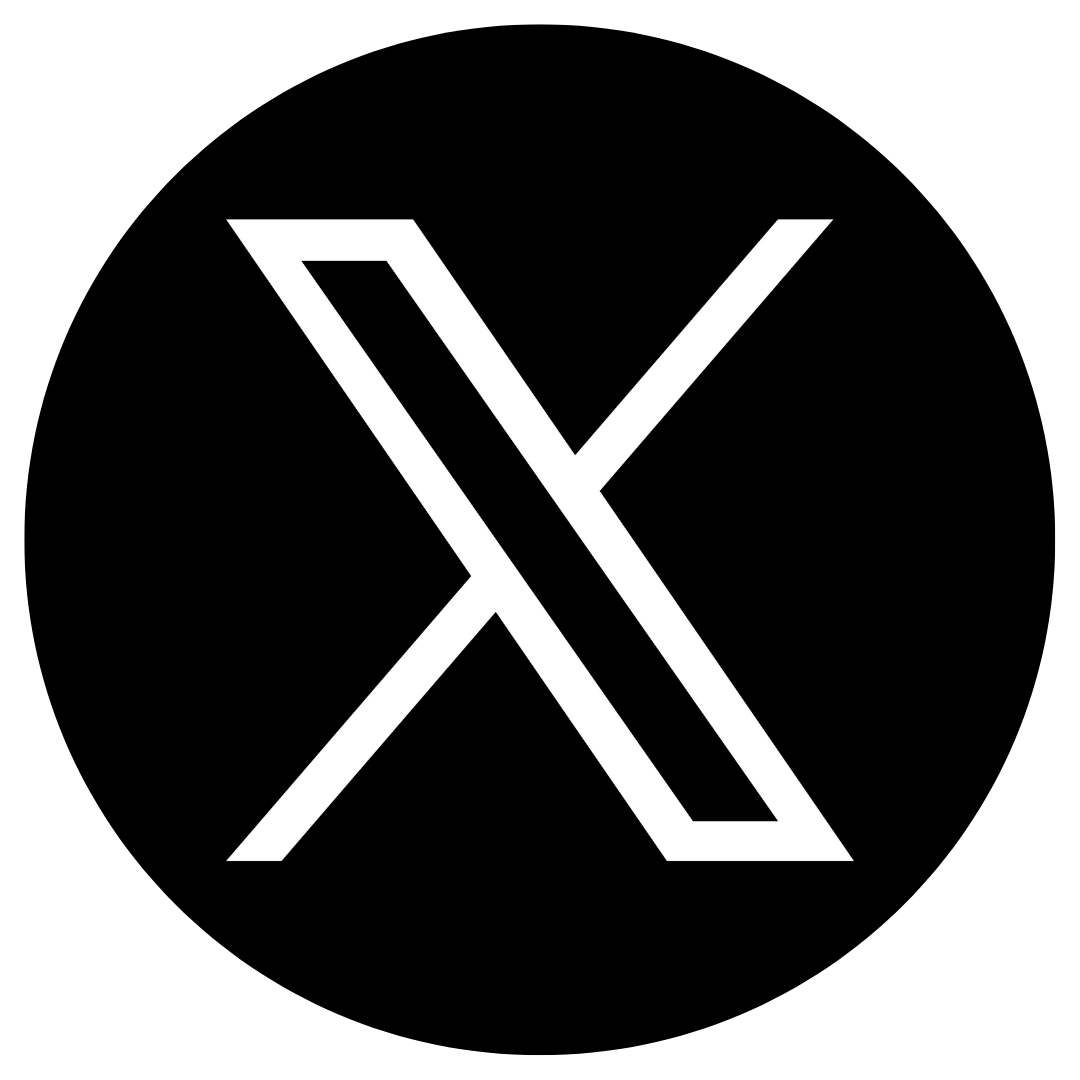How Will AI Affect the Arts?
- Published13 Aug 2025
- Author RJ Mackenzie
- Source BrainFacts/SfN
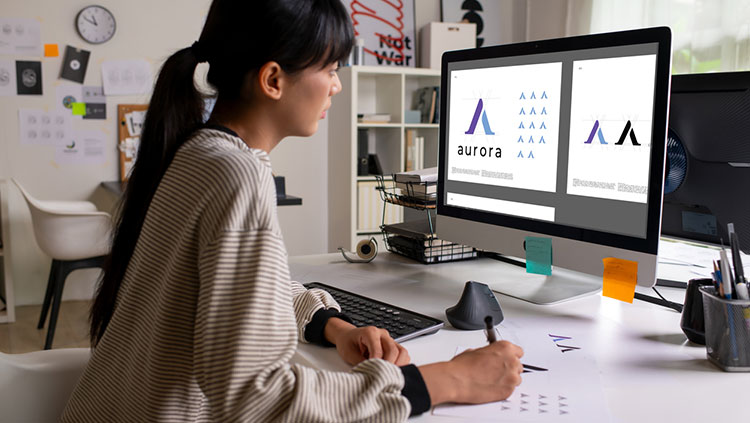
Enter any art gallery and you’ll see small plaques beside each frame detailing key information about the artist and their work. This context offers visitors a chance to engage with these pieces on a deeper level. Now, imagine a gallery filled with plaques that simply read “Created by AI.”
Modern generative AI models can make “art” without the direct involvement of artists. The technology impacts not just gallery-bound art, but the vast variety of media that many professionals create and sell to earn a living. AI-generated graphic designs, text, and other content allow individuals or businesses to sidestep these professionals entirely.
Workers across multiple industries are worried about how this shift is affecting their livelihoods. Experts say this moment marks the beginning of a long debate about the value of content made by people versus AI-generated facsimiles. As neuroscientists and ethicists seek to understand which aspects of the creative process are uniquely human, artists are wondering whether demand — and funding — for content made by humans will persist in a landscape which could become dominated by technology-driven alternatives.
Is Human Creativity Unique?
When an artist embarks on a new project, a constellation of networks fires up in their brain. The creative process involves the frontal cortex, governing planning and evaluation, in collaboration with the default mode network, which allows the mind to wander toward novel solutions. Researchers believe this combination of intentionality and passive idea generation makes human creativity unique.
AI models, in contrast, remix stores of training data — including digital art scraped from the internet — to generate responses to the prompts users give them. They cannot generate content without the wealth of human-made media informing their outputs.
The human brain and AI models are very different systems. But this “remixing” resembles the human ability to link disparate concepts in a process called divergent thinking, said Karim Jerbi, a professor of psychology at the University of Montreal and director of the UNIQUE Quebec Neuro-AI research center.
“As a human, where else can you get your ideas for a creative process than from your experience and the exposure you've gotten to other works of art or human interactions and your life experience?” he said.
For now, only humans can create truly original creative works — AI struggles to emulate this ability because it’s still “to some extent stuck in the training data,” Jerbi said. But if AI models can eventually be designed with the enhanced ability to make more complex associations, or even with a version of self-awareness, Jerbi noted these changes could give them the edge to compete with the most boundary-pushing human creators.
“Fear and Unease” Among Artists
London-based relief printmaker Rachel Hill is the CEO of the Association of Illustrators (AOI), a British trade organization for professionals in the field. Hill said “there's a lot of fear and a lot of unease amongst [this] community” because the “bread and butter” commissions many illustrators depend on for income are at risk of replacement by automation.
Ann Kristin Glenster, deputy director of the Minderoo Centre for Technology and Democracy at the University of Cambridge, echoes these concerns. “We're seeing certain professions disappear,” she said. Glenster pointed to the field of voice acting, where some actors have been forced to compete with AI-generated avatars copying their likenesses.
Throughout history, technological advancements have erased countless jobs in the name of cutting costs and improving efficiency. But Glenster thinks AI represents a materially different threat because it’s proliferating much faster compared to novel technologies in the past.
“The time lag between the technology being adopted and the vast impact across an entire sector is very narrow,” she explained.
As humanity adapts to the advent of AI, creatives say they need help now. A recent AOI survey of nearly 7,000 illustrators found one in three respondents have already lost work to AI, which has cost them nearly $12,500 on average in wages.
A Fairer Way to Use AI
The AOI advocates for establishing an opt-in copyright model requiring companies to seek permission from artists before adding their work to AI training databases. Many government regulators, however, are instead pursuing an opt-out model. This approach puts the onus on creatives to actively withdraw their work from these databases. But the process of protecting their art may make it harder for potential viewers or buyers to find it online. The AOI survey suggests over 90% of illustrators believe the opt-out approach would cause serious harm to their businesses.
As AI outputs increasingly resemble human art, the line between the two will continue to blur. But experts say today’s AI models can’t replicate the intentionality human creatives bring to their work. Now, Hill thinks it will be crucial for artists to embrace their unique styles as they increasingly compete with generative AI moving forward.
“Illustration created by a human is a visual conversation that you're having with the person who's viewing it,” Hill said. “You lose that level of authenticity when [there] wasn't a human creator at the start of that image.”
CONTENT PROVIDED BY
BrainFacts/SfN
References
Autor, D., Chin, C., Salomons, A., & Seegmiller, B. (2024). New Frontiers: The Origins and Content of New Work, 1940–2018. The Quarterly Journal of Economics, 139(3), 1399–1465. https://doi.org/10.1093/qje/qjae008
Bellemare-Pepin, A., Lespinasse, F., Thölke, P., Harel, Y., Mathewson, K., Olson, J. A., Bengio, Y., & Jerbi, K. (2024). Divergent Creativity in Humans and Large Language Models. arXiv. https://doi.org/10.48550/arXiv.2405.13012
Chen, Q., Kenett, Y. N., Cui, Z., Takeuchi, H., Fink, A., Benedek, M., Zeitlen, D. C., Zhuang, K., Lloyd-Cox, J., Kawashima, R., Qiu, J., & Beaty, R. E. (2025). Dynamic switching between brain networks predicts creative ability. Communications Biology, 8(1), 54. https://doi.org/10.1038/s42003-025-07470-9
What to Read Next
Also In The Arts & The Brain
Trending
Popular articles on BrainFacts.org


